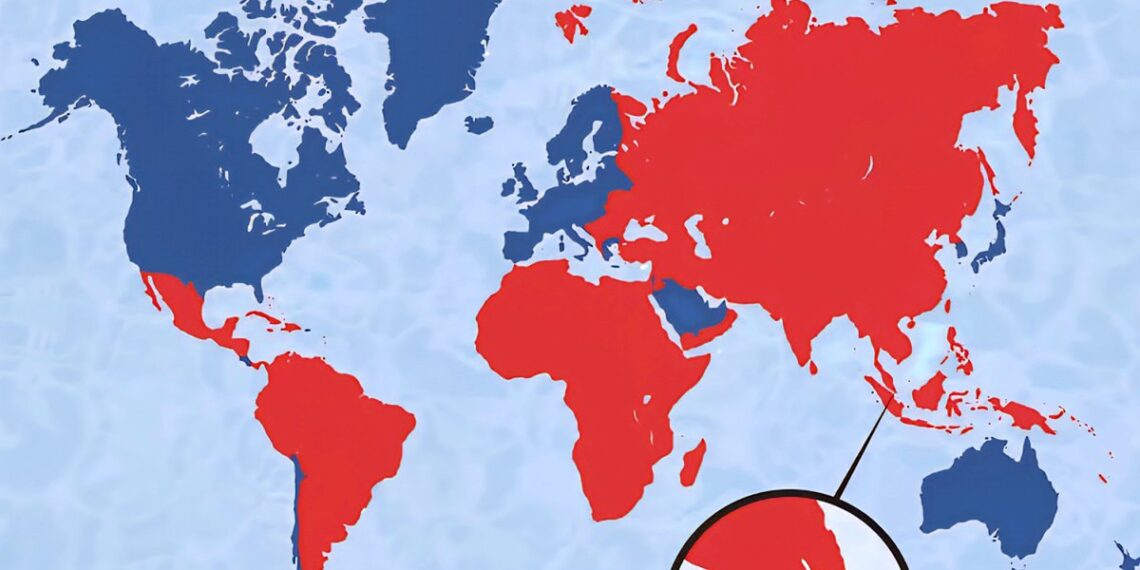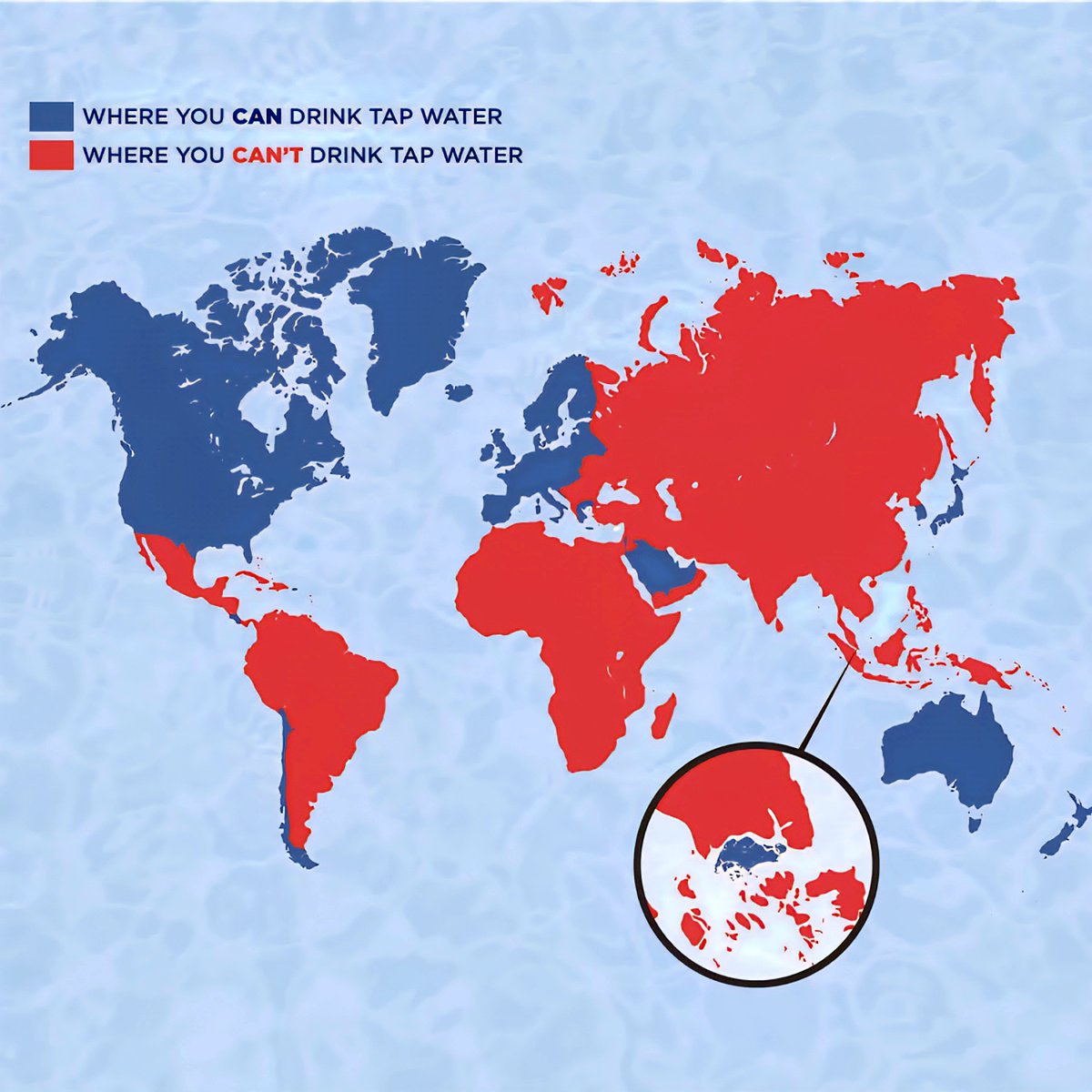Select Language:
Critical Insights into Safe Tap Water Around the Globe
1. The United States Takes Major Steps to Improve Water Safety
The U.S. continues to lead efforts in ensuring clean tap water for its citizens, especially with recent updates on infrastructure investments. Major cities like New York and Los Angeles have upgraded their water treatment systems, effectively reducing contaminants such as lead and chloramine. The Environmental Protection Agency (EPA) has set new stricter standards that require regular testing and swift action plans when contamination is detected, thereby safeguarding public health. However, rural areas still face challenges due to aging infrastructure, underscoring the importance of ongoing investments in water safety.
2. European Countries Push for Universal Access and Stringent Regulations
European nations are making significant progress in providing safe tap water to all residents. Countries such as Germany, France, and Sweden enforce rigorous water quality standards, with routine testing that surpasses even federal requirements. The European Union’s Water Framework Directive continues to set a benchmark for member states, ensuring that tap water remains safe, affordable, and accessible. Notably, recent initiatives include real-time water quality monitoring systems and improved filtration methods targeted at eliminating emerging contaminants like pharmaceuticals and microplastics.
3. Developing Countries Make Strides Toward Safe Drinking Water
Despite facing resource limitations, many developing nations have seen marked progress in providing safe and reliable tap water. Countries like India and Nigeria have launched large-scale projects to upgrade their water networks and introduce low-cost disinfection systems. International assistance through organizations such as WHO and UNICEF has played a pivotal role in installing community-based filtration units and educating the public on water safety practices. These efforts are vital in preventing waterborne diseases like cholera, typhoid, and dysentery, which remain common in underserved areas.
4. Innovative Technologies Transform Water Purification Processes
Advancements in technology are revolutionizing how countries approach tap water safety. In 2025, nanotechnology-based filters, smart sensing devices, and IoT integrated water management systems are increasingly being deployed worldwide. For instance, low-cost portable testing kits now allow communities to check water quality independently, fostering accountability and rapid response. Additionally, new filtration methods utilizing graphene membranes can effectively remove heavy metals and pesticides, streamlining the move towards safer, cleaner tap water globally.
5. Climate Change Continues to Threaten Water Safety and Access
Global climate patterns are intensifying challenges related to water quality and availability. Increased flooding, droughts, and extreme weather events can overwhelm existing water systems, leading to contamination and shortages. For example, some regions in South America and Africa have reported spikes in waterborne illnesses after severe weather incidents disrupted their infrastructure. Addressing such issues requires resilient water systems, climate-adaptive infrastructure, and proactive policies prioritizing water sustainability in the face of climate change.
6. Public Awareness and Education Improve Water Safety Compliance
An informed population is key to maintaining and improving tap water safety standards. Government campaigns and local organizations in 2025 focus on educating residents about detecting signs of water contamination, properly maintaining home filtration systems, and reporting issues promptly. Schools now incorporate water safety education into their science curricula, instilling lifelong awareness. Furthermore, community engagement initiatives encourage residents to participate in water quality monitoring, fostering collective responsibility for safe drinking water.
7. The Impact of International Collaboration and Policy Development
Global cooperation remains essential in tackling water safety challenges. International organizations like the United Nations and World Health Organization continue to facilitate knowledge sharing, funding, and policy development. Recent treaties emphasize sustainable water management and equitable resource distribution, especially in transboundary river basins. Countries are increasingly adopting integrated water resource management strategies, ensuring that safe tap water access is a shared global priority rather than a localized issue.
8. The Role of Private Sector and Innovation in Ensuring Water Safety
Private companies and startups are playing a growing role by developing innovative solutions for water purification. Recently, solar-powered water purification devices have become accessible in remote communities, providing reliable access to safe drinking water without dependence on centralized systems. Additionally, data analytics firms now offer real-time monitoring platforms for municipalities to track water quality metrics continuously, enabling swift action against any potential contamination.
Safe tap water remains a fundamental human right, and ongoing advancements worldwide promise brighter prospects for global health and well-being in 2025.







